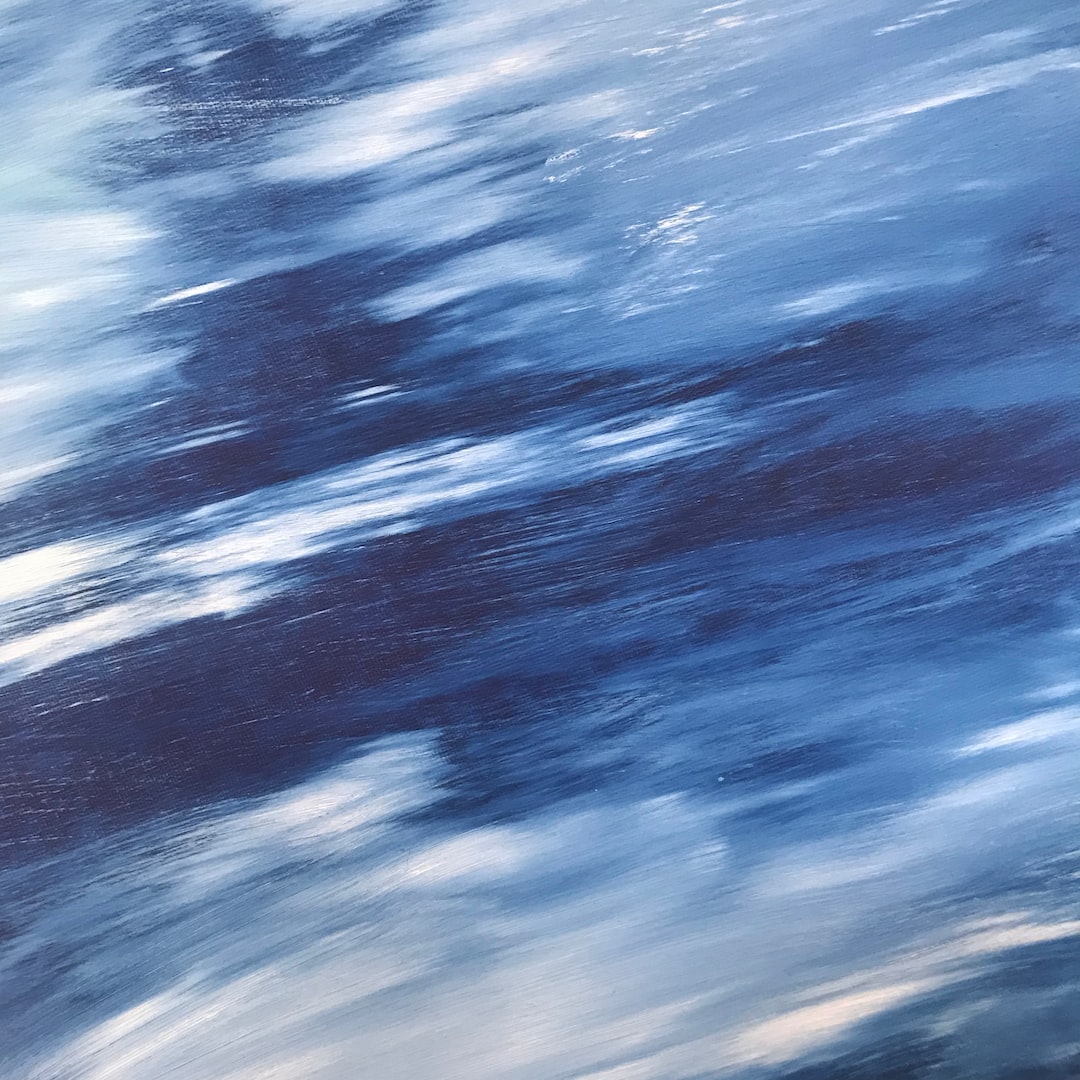The Psychology of Color in Art: How Hues Affect Our Emotions and Perceptions
Art has always been a powerful means of expression and communication. Artists utilize various elements and principles to convey their messages, emotions, and ideas, one of the most essential being color. Color has a unique ability to evoke emotions, influence perceptions, and create distinct moods within a piece of art. Understanding the psychological impact of color can shed light on the artist’s intentions and enhance our appreciation and understanding of their work.
When we think about color in art, we often associate warm colors, such as red, orange, and yellow, with energy, excitement, and warmth. On the other hand, cool colors, like blue, green, and purple, tend to evoke feelings of calmness, tranquility, and introspection. These general associations can be attributed to the physiological and psychological responses color elicits in us.
Physiologically, our bodies react to different colors in distinct ways. For example, the color red is known to increase heart rate and stimulate adrenaline production, creating a sense of excitement and intensity. This physiological response is why red is often associated with passion, love, and danger. In art, artists may use red as a means to convey strong emotions or draw the viewer’s attention to a particular element within the composition.
Conversely, cool colors like blue have the opposite effect on our bodies, slowing down heart rate and inducing relaxation. Blue is often associated with tranquility, trust, and serenity. Artists may utilize blue hues to create a calming and peaceful atmosphere in their artwork. This can be observed in many landscape paintings where blue tones dominate to accentuate the peacefulness of the scene.
Beyond physiological responses, the psychological impact of color plays a significant role in how we perceive and interpret art. Colors have cultural and contextual associations, which can influence our emotions and the way we understand a piece of art. For example, the color white often signifies purity and innocence in Western culture, while in some Eastern cultures, it represents mourning and death. Artists are aware of these cultural associations and may use them intentionally to add depth and meaning to their work.
In addition to cultural associations, colors can evoke individual emotions and memories. The vibrancy and saturation of colors can awaken specific feelings within us. Bright and intense colors tend to be more energetic and attention-grabbing, while muted or pastel colors create a sense of softness and subtlety. Artists utilize these characteristics of color to manipulate the viewer’s emotions and evoke desired responses.
Color can also influence our spatial perception and the way we perceive depth in a painting. Through the use of warm and cool colors, artists are able to create the illusion of dimension and distance. Warm colors tend to advance towards the viewer, creating a sense of closeness, while cool colors recede, giving the impression of depth. This technique is often employed in landscape paintings to convey vastness and depth of space.
Furthermore, color relationships and combinations in art can greatly affect the overall mood and harmony of a piece. Color theory, which explores the way colors interact with one another, guides artists in creating pleasing color harmonies. Complementary colors, such as red and green, create a vibrant and dynamic contrast, while analogous colors, like blue and green, provide a sense of unity and harmony. Artists carefully select and arrange colors to evoke specific emotions and create a desired visual impact.
Indeed, the psychology of color is a rich and complex field that significantly impacts our perception and emotional response to art. By understanding the physiological and psychological effects of color, we can gain a deeper appreciation for an artist’s work and the intentions behind their creative choices.
Artists possess a profound understanding of color and utilize its power to convey messages, evoke emotions, and create unique visual experiences. The next time you find yourself in front of a piece of art, take a moment to analyze the colors used, their relationships, and the emotions they elicit within you. Through this introspection, you may discover a richer understanding of the artist’s intentions and perhaps even uncover something new about yourself.

